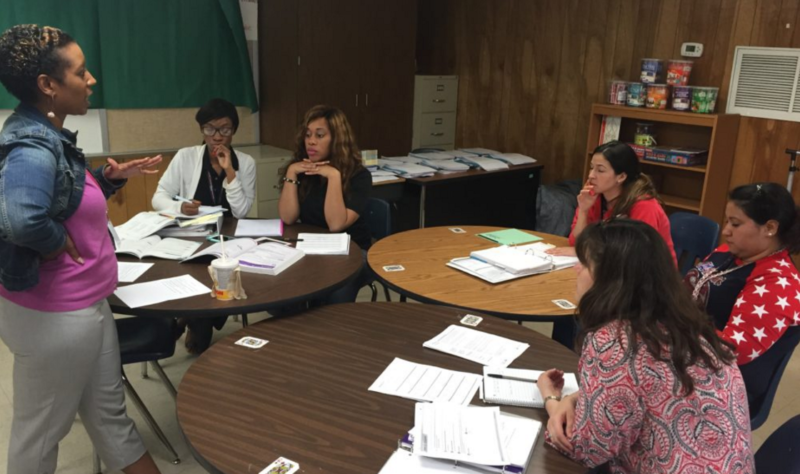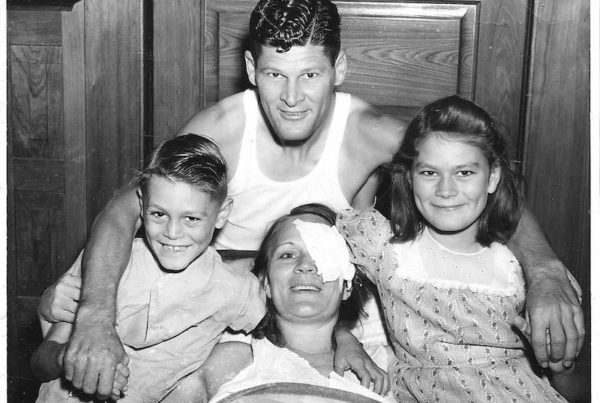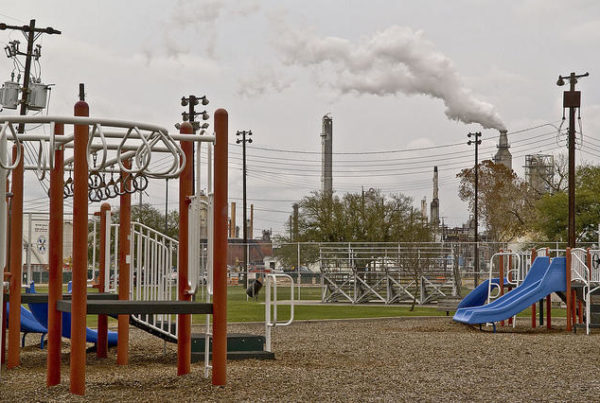From Houston Public Media:
For decades, educators have struggled to improve low-performing schools. The Obama Administration tried to help and pumped $3 billion dollars into them—with minimal results.
But in Aldine, just north of Houston, some say turnaround efforts are paying off and provide an example in the “rewards of perseverance.”
“Nobody has quite cracked the code yet on how do you do this district-wide,” said Karen Baroody, partner and managing director of Education Resource Strategies. She’s studied Aldine schools intensely.
“And Aldine was remarkable to us because they have been able to improve performance across all the schools in the district consistently and sustainably,” she said.
ERS, a Boston-based nonprofit that works with urban schools, highlighted the Aldine Independent School District as a national case study in school turnaround efforts.
It’s the latest national attention for Aldine ISD, which won the Broad Prize for urban education in 2009 and was also named this year one of the top 10 rising districts in a report funded by the Bill and Melinda Gates Foundation.
In its case study, ERS analyzed data and interviewed dozens of people. But first, it looked at Aldine’s history: Back in 1995, many of its high schools were rated low-performing.
“I think it was really a wake-up call for them, that we need to do something different,” Baroody said.
Consider these numbers from 1994-2014:
-The rate of Aldine students scoring proficient on their academics has jumped 20 percentage points;
-The racial achievement gap has shrunk by double digits, from over 30 percentage points to 12;
-And these gains happened while the number of low-income students grew nearly 30 percentage from 55 to 85 percent of enrollment.
So how did Aldine do that?
To start, any school turnaround takes political will, according to Gary Henry, a professor at Vanderbilt University.
“One of the things that they’ve clearly demonstrated is they’ve overcome the inertia of lack of political will to do something on behalf of the kids that they’re serving and that’s usually one of the hardest things for a district to do,” Henry said.
He said that school districts then need the resources and capacity to really improve low-performing schools. And it takes time.
“It’s a long haul,” Henry said. “There’s no silver bullet that’s a quick-fix turnaround. By replacing the personnel in the school, you’re not necessarily going to get the effects. So if the districts decide to go into this, they should pursue it over the long haul.”
In its observation, ERS found Aldine has put in the time, with a series of changes over several years.
One major change has been professional development for teachers, according to educators in the district and the recent case study from ERS.
At Bussey Elementary on Airline Drive, teachers meet for weekly collaborative planning sessions. Think of it as a class for teachers.
“This week, everyone should be finishing up fixed and variable expenses,” Kristin Davis said at a recent session.
She is the math specialist at Bussey, which enrolls more than 1,000 students. At this session, a group of fourth grade math teachers prepped for a lesson in financial literacy: profit and savings plans.
Second-year teacher Reasha Burton suggested connecting the financial literacy lesson to what’s going on at school.
“They already know that we’re raising money to try to fix the playground, so they know this is what we’re doing, and whatever is the excess that’s the profit that’s for the school,” she said.
Then bilingual teacher Pamela Pontvianne and Collandra Bell joined in.
“Money market funds, savings bonds — There’s a lot we need to expose them to because they’re going to put those into word problems,” Pontvianne said, thinking of her English language learners.
“That’s the hardest part, even for us adults, is knowing what all these words mean,” Bell said.
On top of this collaborative planning, Aldine ISD standardized its curriculum and instruction, gave teachers and principals more support and added extra tutoring for students.
“It’s provided pretty much more consistency so it’s the same between department to department, from school to school,” said Kathy Sandoval, Bussey Elementary’s principal and a 27-year veteran of Aldine schools.
She set up weekly planning sessions for all her teachers when she became principal at Bussey last year. She said that teacher support is essential to school turnaround.
“That’s just like in any business. If you don’t help support and help educate your teams, you’re not going to be as successful,” Sandoval said.
She added that Aldine isn’t done yet. It wants to keep improving.















